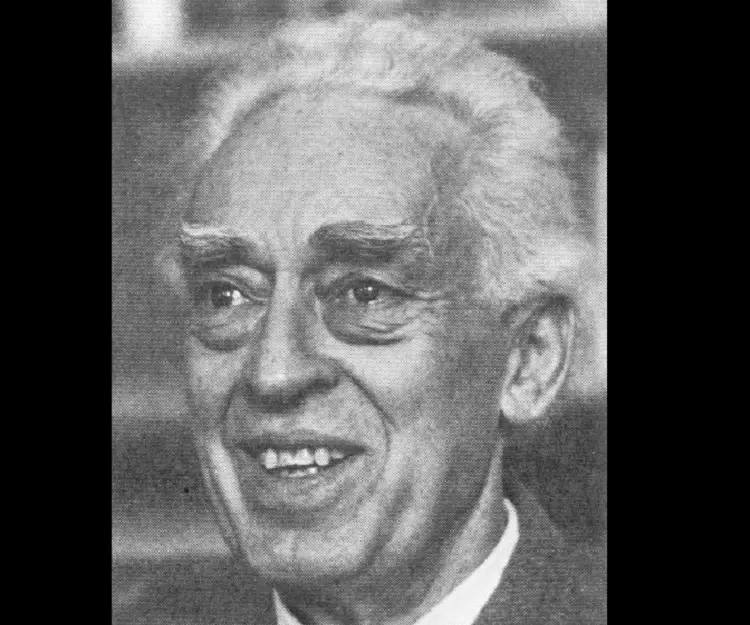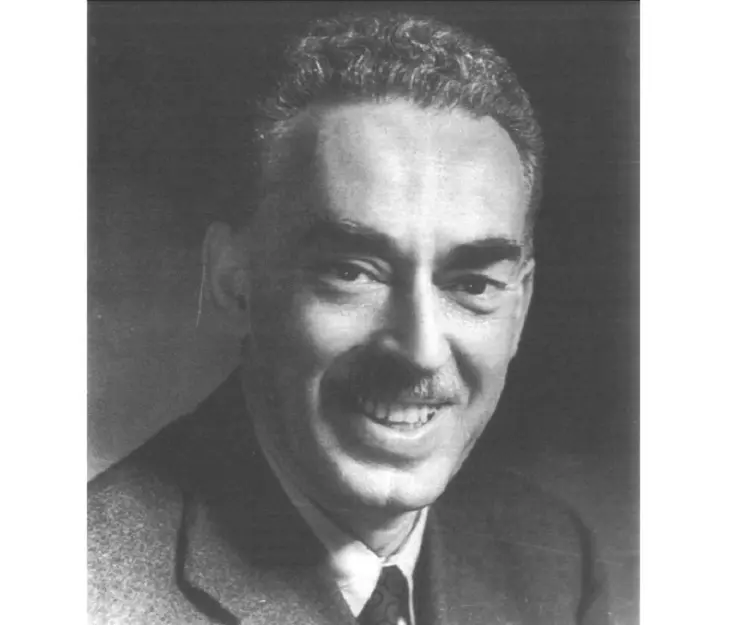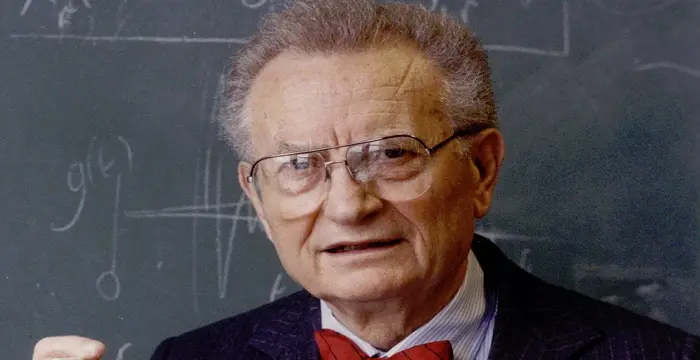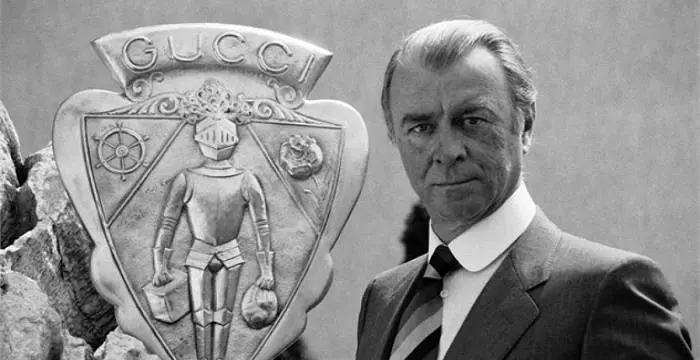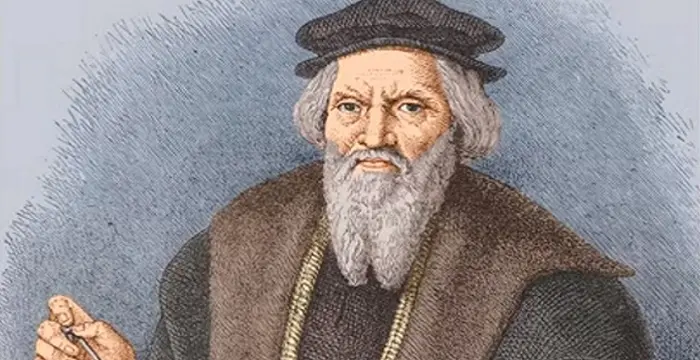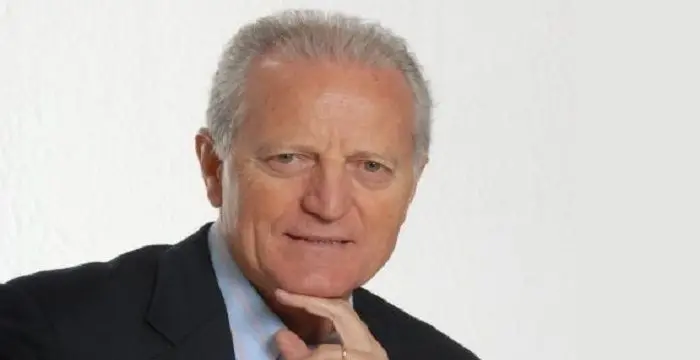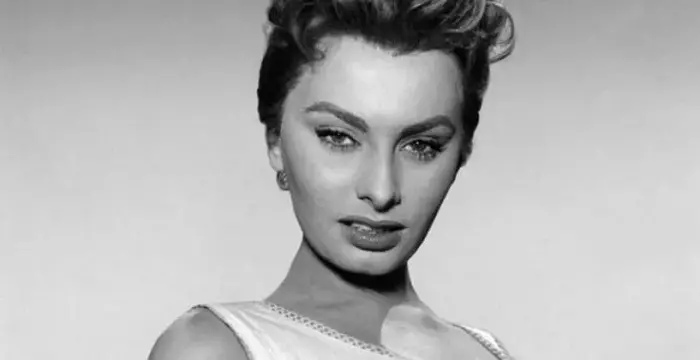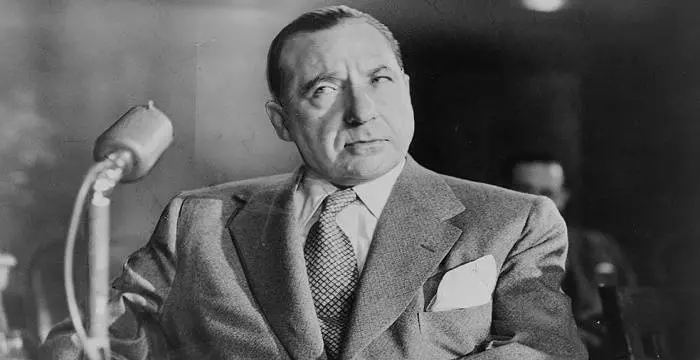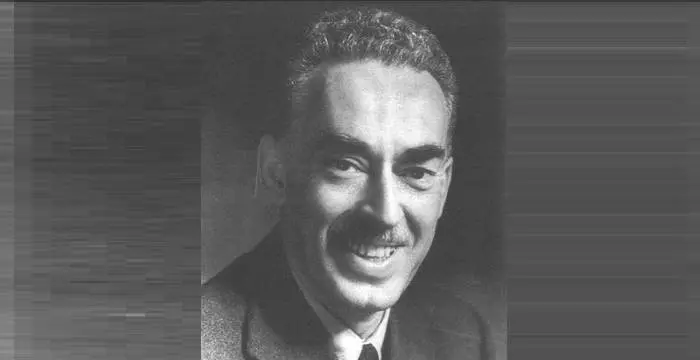
Piero Sraffa - Founder of the Neo-ricardian School of Economics, Birthday and Personal Life
Piero Sraffa's Personal Details
Piero Sraffa was an Italian economist who is considered as the founder of the neo-Ricardian school of economics
| Information | Detail |
|---|---|
| Birthday | August 5, 1898 |
| Died on | September 3, 1983 |
| Nationality | Italian |
| Famous | Intellectuals & Academics, Economists, Founder of the Neo-ricardian School of Economics |
| Birth Place | Turin, Italy |
| Gender | Male |
| Sun Sign | Leo |
| Born in | Turin, Italy |
| Famous as | Founder of the Neo-Ricardian School of Economics |
| Died at Age | 85 |
Piero Sraffa's photo
Who is Piero Sraffa?
Piero Sraffa was an Italian economist who is considered as the founder of the neo-Ricardian school of economics. Born in an influential and wealthy Jewish, he received the best of liberal education. Concurrently, he was also taught English, German and French at home. Later, he studied jurisprudence at the University of Turin, from where he did his doctorate in law. He then joined the London School of Economics, as a research scholar, and his papers on financial problems in Italy, earned him the mentorship of John Maynard Keynes. At the same time, his work on Italian banking crisis arouse Mussolini’s ire. Although he was temporarily forced to go back to Italy, he did not mend his ways and therefore, had to leave his homeland within a very short period. He then went to England and at the initiative of Keynes received lectureship at the University of Cambridge. Here, he established the neo-Ricardian school of economics, which is considered an alternative to the marginalist theory of value and distribution. Through his works Sraffa was able to yield a major influence on the intellectual development of the twentieth century. However, he was equally great as a human being and was much revered for the person he was.
// Famous Intellectuals & Academics
Bertil Gotthard Ohlin
Bertil Gotthard Ohlin was a famous Swedish economist. This biography profiles his childhood, family life & achievements.
Emily Greene Balch
Emily Greene Balch was an American economist, sociologist and pacifist who won the 1946 Nobel Peace Prize. This biography of Emily Greene Balch provides detailed information about her childhood, life, achievements, works & timeline.
Martin Buber
One of the greatest philosophers to have ever walked on earth, Martin Buber contributions to philosophy is a long-standing one. Explore all about his profile, childhood, life and timeline here.
Childhood & Early Years
Piero Sraffa was born on 5 August 1898, in Turin, Italy. His father, Angelo Sraffa, was a professor in commercial law; he later became the dean at the Bocconi University in Milan. His mother, Irma Sraffa (née Tivoli), was also a highly cultured lady from a distinguished family. .
Sraffa spent his childhood in various places. He began his primary education at Parma. Afterwards, he was admitted to Giuseppe Parini Secondary School in Milan. Later, he went to Massimo D’ Azeglio School in Turin and passed out from there in 1915 with very high marks.
In 1916, Sraffa entered the University of Turin to study law. Here, he was greatly influenced by Luigi Einaudi, who at that time was a professor at the same university. However, he had to spend a part of 1917 and 1918 fighting the World War I for Italy.
Towards, the end of the 1918, Sraffa was discharged from his military service and he returned to Turin to finish his education. In spite of the break in his studies he managed to pass his examinations.
In 1919, Sraffa began his graduate work on inflation in Italy since the World War I under the supervision of Luigi Einaudi. In the same year, he became friendly with Antonio Gramsci and joined the editorial team of his journal L’Ordine Nuovo.
In spite of his liberal education, Sraffa soon began to be drawn towards Gramsci’s theory of socialism. Their friendship lasted till the latter’s death in 1937 and sustained Gramsci throughout his confinement.
Sraffa’s graduation thesis, titled 'Monetary Inflation in Italy During and After the War', was finally debated in November 1920. In the same year, he graduated as a doctorate of law from University of Turin.
Career
After his graduation, Piero Sraffa began working for the Milanese Socialist administration. But before long, he went to England and in 1921 joined London School of Economics as a research scholar.
There he continued with his work on Italian financial problems. His paper revealed his profound knowledge in this subject. It drew the attention of John Maynard Keynes, who asked him to write about the Italian banking crisis for ‘Economic Journal’ and ‘Guardian Supplement’.
The first article, titled 'The Bank Crisis in Italy', was published in the Economic Journal in its June 1922 edition. It was a strongly worded article, in which Sraffa proved with figures how public money was used in attempt to rescue Banca di Sconto, a leading Italian bank which had gone bankrupt in the same year.
In December 1922, his second article on the same topic was published in the Supplement of the Manchester Guardian in four languages. It caught the attention of Mussolini, who asked for immediate retraction. But Sraffa told his father that since his articles were based on figures he would not do so.
Therefore Mussolini, had him banned from England through his contacts at the then Conservative English Government. In 1923, Piero Sraffa went back to Italy and began his career as the Director of the Provincial Labor Department in Milan.
Later in 1924, he was appointed as Professor of Political Economy in the Jurisprudence Faculty of the University of Perugia and remained there until January 1926. During this period, Marginalism, a school of thought dominant at that time in Italy, caught his attention.
He now started writing a critique on the Marshallian theory of value. In 1925, he published his views in a long article titled 'On the Relationship between Cost and Quantity Produced'. In it, he criticized the tendency to establish a connection between unit cost and quantity produced.
In early 1926, Sraffa obtained a chair at the University of Cagliari and moved to Sardinia. Here at Keynes' request, he took up the topic once more and wrote an article aimed at the Anglo-Saxon public on the same subject. It was published in the Economic Journal in the same year.
Titled ‘The Laws of Returns under Competitive Conditions’, it was a summary of his 1925 work. Yet it caught the attention of the academic community in England and earned him great praise. Some time now, he also started translating Keynes's ‘Tract on Monetary Reform’ into Italian.
At the same time, he continued his attacks on the policies of Mussolini government. He also kept in touch with Antonio Gramsci, who had by that time, been arrested for his political activities and supplied him with writing materials with which he wrote his ‘Prison Notebooks’. Mussolini was not at pleased by such conducts.
In 1927, alarmed by the chain of events, Keynes invited Sraffa to England and helped him to obtain university lectureship in the Cambridge Faculty of Economics. By now, Labor Party was in power in England and therefore, it was easier for Keynes to revoke the ban.
In the autumn of 1928, Sraffa began his teaching career at the University of Cambridge. Here, he became a member of the Cafeteria Group, consisting of John Maynard Keynes, Frank P. Ramsey and Ludwig Wittgenstein. Subsequently, he grew a close friendship with Wittgenstein and the two scholars influenced each other deeply.
At the University of Cambridge, he mainly gave lectures on the history of the theory of value and the running of the German and Italian banking systems. However, he was not very comfortable in taking classes.
He resigned from lectureship in 1930 to become Marshall Librarian. The post gave him more scope for his research. Later, he became Assistant Director of Research and began to act as mentor to research students.
Here too, he continued his attack on Marshallian theory and published number of significant papers on the works of David RIcardo. In 1939, he was elected to a fellowship at Trinity.
However, he was still very loyal to his homeland and remained an Italian citizen. Therefore, when the World War II broke out in the same year, he was considered an enemy alien. Subsequently, Sraffa was interned as an enemy in 1940. Fortunately, Keynes came to his rescue once more and brought him back to Cambridge.
Sraffa continued his work on theoretical economics. His long research, spanning almost thirty years, culminated in 1960 with the publishing of his book, ‘Production of Commodities by Means of Commodities’. Many scholars are of the opinion is that the book laid the foundation of the neo-Ricardian school of economics.
In 1963, Sraffa was made a Reader in Economics at Cambridge. In his long career at Cambridge, he acted as a mentor to a large number of students, to whom he was a pillar of strength. They were as much impressed by his scholarship as by his endearing character.
Major Works
Piero Sraffa is best remembered as the exponent of the neo-Ricardian school of economics. He closely studied David Ricardo and then went on to reinterpret and reconstruct surplus theory, which resulted in a new school of thought, now known as the neo-Ricardianism. His book, ‘Production of Commodities by Means of Commodities’ also played an important part in establishing this school of thought.
Awards & Achievements
In 1961, Sraffa was awarded Söderströmska Gold Medal by the Swedish Academy for his contribution in the field of political economy. The prize is forerunner of the Sveriges Riksbank Prize in Economic Sciences, which was later established in the memory of Alfred Nobel and is considered to be equivalent to the Nobel Prize.
He was awarded an honorary doctorate by the University of Paris in 1972 and by the University of Madrid in 1976.
Death
Piero Sraffa died on 3 September 1983, in Cambridge, England, at the age of 85.
Trivia
In his library, Sraffa had 8000 volumes of books; most of these books were later donated to the library of the Trinity College.
// Famous Economists
Bertil Gotthard Ohlin
Bertil Gotthard Ohlin was a famous Swedish economist. This biography profiles his childhood, family life & achievements.
Emily Greene Balch
Emily Greene Balch was an American economist, sociologist and pacifist who won the 1946 Nobel Peace Prize. This biography of Emily Greene Balch provides detailed information about her childhood, life, achievements, works & timeline.
Paul Samuelson
Nobel laureate Paul Anthony Samuelson is referred to as the ‘Father of Modern Economics’. This biography profiles his childhood, life, career, achievements and interesting facts about him.
Piero Sraffa biography timelines
- // 5th Aug 1898Piero Sraffa was born on 5 August 1898, in Turin, Italy. His father, Angelo Sraffa, was a professor in commercial law; he later became the dean at the Bocconi University in Milan. His mother, Irma Sraffa (née Tivoli), was also a highly cultured lady from a distinguished family. .
- // 1915Sraffa spent his childhood in various places. He began his primary education at Parma. Afterwards, he was admitted to Giuseppe Parini Secondary School in Milan. Later, he went to Massimo D’ Azeglio School in Turin and passed out from there in 1915 with very high marks.
- // 1918Towards, the end of the 1918, Sraffa was discharged from his military service and he returned to Turin to finish his education. In spite of the break in his studies he managed to pass his examinations.
- // 1919In 1919, Sraffa began his graduate work on inflation in Italy since the World War I under the supervision of Luigi Einaudi. In the same year, he became friendly with Antonio Gramsci and joined the editorial team of his journal L’Ordine Nuovo.
- // Nov 1920Sraffa’s graduation thesis, titled 'Monetary Inflation in Italy During and After the War', was finally debated in November 1920. In the same year, he graduated as a doctorate of law from University of Turin.
- // 1921After his graduation, Piero Sraffa began working for the Milanese Socialist administration. But before long, he went to England and in 1921 joined London School of Economics as a research scholar.
- // Jun 1922The first article, titled 'The Bank Crisis in Italy', was published in the Economic Journal in its June 1922 edition. It was a strongly worded article, in which Sraffa proved with figures how public money was used in attempt to rescue Banca di Sconto, a leading Italian bank which had gone bankrupt in the same year.
- // Dec 1922In December 1922, his second article on the same topic was published in the Supplement of the Manchester Guardian in four languages. It caught the attention of Mussolini, who asked for immediate retraction. But Sraffa told his father that since his articles were based on figures he would not do so.
- // 1923Therefore Mussolini, had him banned from England through his contacts at the then Conservative English Government. In 1923, Piero Sraffa went back to Italy and began his career as the Director of the Provincial Labor Department in Milan.
- // 1924 To Jan 1926Later in 1924, he was appointed as Professor of Political Economy in the Jurisprudence Faculty of the University of Perugia and remained there until January 1926. During this period, Marginalism, a school of thought dominant at that time in Italy, caught his attention.
- // 1925He now started writing a critique on the Marshallian theory of value. In 1925, he published his views in a long article titled 'On the Relationship between Cost and Quantity Produced'. In it, he criticized the tendency to establish a connection between unit cost and quantity produced.
- // 1925Titled ‘The Laws of Returns under Competitive Conditions’, it was a summary of his 1925 work. Yet it caught the attention of the academic community in England and earned him great praise. Some time now, he also started translating Keynes's ‘Tract on Monetary Reform’ into Italian.
- // 1926In early 1926, Sraffa obtained a chair at the University of Cagliari and moved to Sardinia. Here at Keynes' request, he took up the topic once more and wrote an article aimed at the Anglo-Saxon public on the same subject. It was published in the Economic Journal in the same year.
- // 1927In 1927, alarmed by the chain of events, Keynes invited Sraffa to England and helped him to obtain university lectureship in the Cambridge Faculty of Economics. By now, Labor Party was in power in England and therefore, it was easier for Keynes to revoke the ban.
- // 1928In the autumn of 1928, Sraffa began his teaching career at the University of Cambridge. Here, he became a member of the Cafeteria Group, consisting of John Maynard Keynes, Frank P. Ramsey and Ludwig Wittgenstein. Subsequently, he grew a close friendship with Wittgenstein and the two scholars influenced each other deeply.
- // 1930He resigned from lectureship in 1930 to become Marshall Librarian. The post gave him more scope for his research. Later, he became Assistant Director of Research and began to act as mentor to research students.
- // 1937In spite of his liberal education, Sraffa soon began to be drawn towards Gramsci’s theory of socialism. Their friendship lasted till the latter’s death in 1937 and sustained Gramsci throughout his confinement.
- // 1939Here too, he continued his attack on Marshallian theory and published number of significant papers on the works of David RIcardo. In 1939, he was elected to a fellowship at Trinity.
- // 1940However, he was still very loyal to his homeland and remained an Italian citizen. Therefore, when the World War II broke out in the same year, he was considered an enemy alien. Subsequently, Sraffa was interned as an enemy in 1940. Fortunately, Keynes came to his rescue once more and brought him back to Cambridge.
- // 1960Sraffa continued his work on theoretical economics. His long research, spanning almost thirty years, culminated in 1960 with the publishing of his book, ‘Production of Commodities by Means of Commodities’. Many scholars are of the opinion is that the book laid the foundation of the neo-Ricardian school of economics.
- // 1961In 1961, Sraffa was awarded Söderströmska Gold Medal by the Swedish Academy for his contribution in the field of political economy. The prize is forerunner of the Sveriges Riksbank Prize in Economic Sciences, which was later established in the memory of Alfred Nobel and is considered to be equivalent to the Nobel Prize.
- // 1963In 1963, Sraffa was made a Reader in Economics at Cambridge. In his long career at Cambridge, he acted as a mentor to a large number of students, to whom he was a pillar of strength. They were as much impressed by his scholarship as by his endearing character.
- // 1972 To 1976He was awarded an honorary doctorate by the University of Paris in 1972 and by the University of Madrid in 1976.
- // 3rd Sep 1983Piero Sraffa died on 3 September 1983, in Cambridge, England, at the age of 85.
// Famous Italian peoples
Pietro Boselli
Pietro Boselli is an Italian model, engineer, teacher, and fitness athlete who became famous as the ‘world’s sexiest math teacher’. Check out this biography to know about his birthday, childhood, family life, achievements and fun facts about him.
Guccio Gucci
Guccio Gucci was a famous fashion designer from Florence, Italy, and the founder of the world-renowned fashion brand ‘Gucci.’ Check out this biography to know about his childhood, family, personal life, career, etc.
John Cabot
John Cabot was an Italian navigator and explorer who was the first European to discover the coast of North America. Check out this biography to know about his childhood, life, and achievements.
Santo Versace
Santo Domenico Versace is an Italian businessman and politician. Check out this biography to know about his birthday, childhood, family life, achievements, and fun facts about him.
Sophia Loren
Sophia Loren is an Italian film star known for her charm, elegance and beauty. This biography of Sophia Loren provides detailed information about her childhood, life, achievements, works & timeline
Frank Costello
Frank Costello was an Italian-American gangster and crime boss. This biography provides detailed information about his childhood, family, criminal activities, etc.
Piero Sraffa's FAQ
What is Piero Sraffa birthday?
Piero Sraffa was born at 1898-08-05
When was Piero Sraffa died?
Piero Sraffa was died at 1983-09-03
Which age was Piero Sraffa died?
Piero Sraffa was died at age 85
Where is Piero Sraffa's birth place?
Piero Sraffa was born in Turin, Italy
What is Piero Sraffa nationalities?
Piero Sraffa's nationalities is Italian
What is Piero Sraffa's sun sign?
Piero Sraffa is Leo
How famous is Piero Sraffa?
Piero Sraffa is famouse as Founder of the Neo-Ricardian School of Economics
